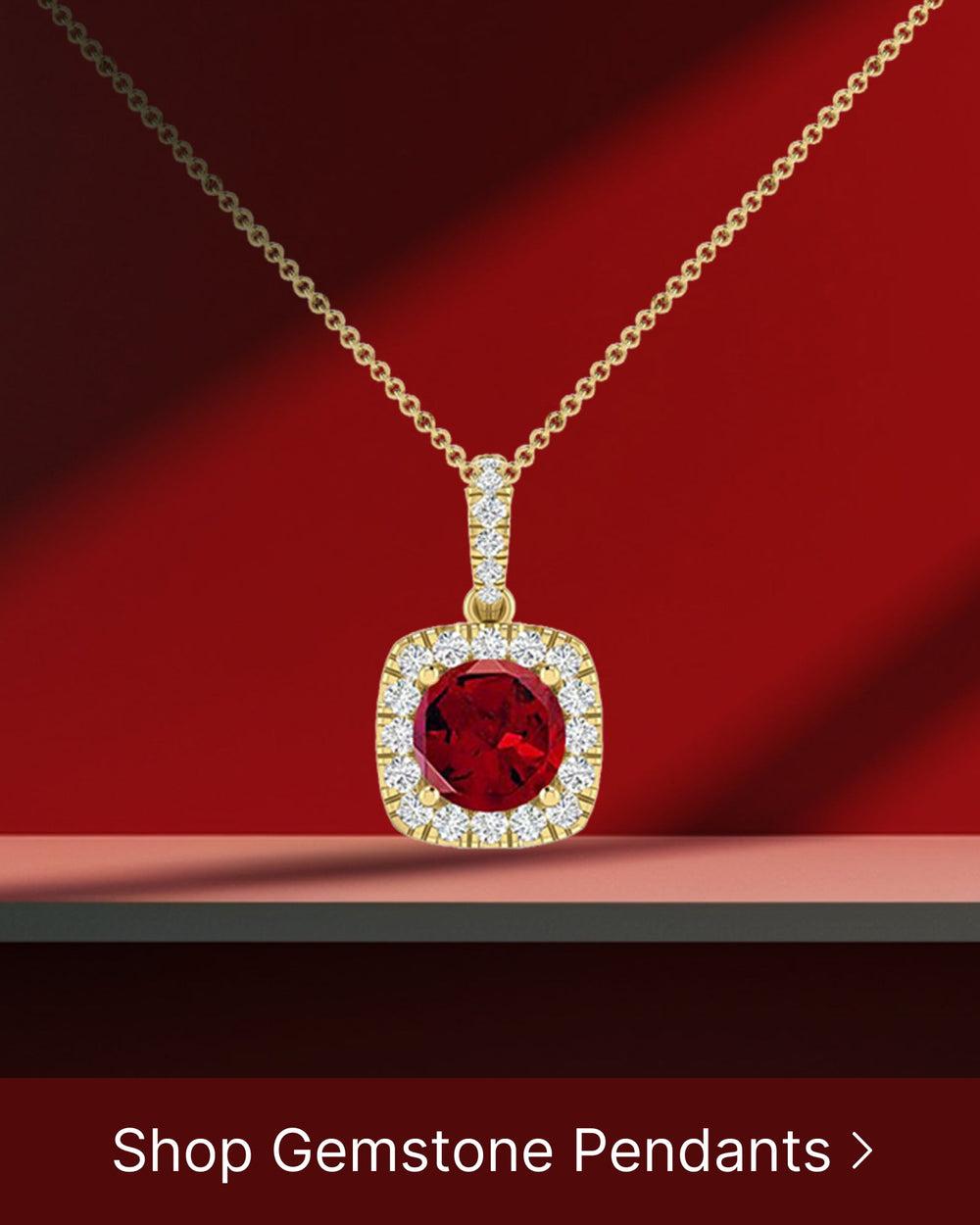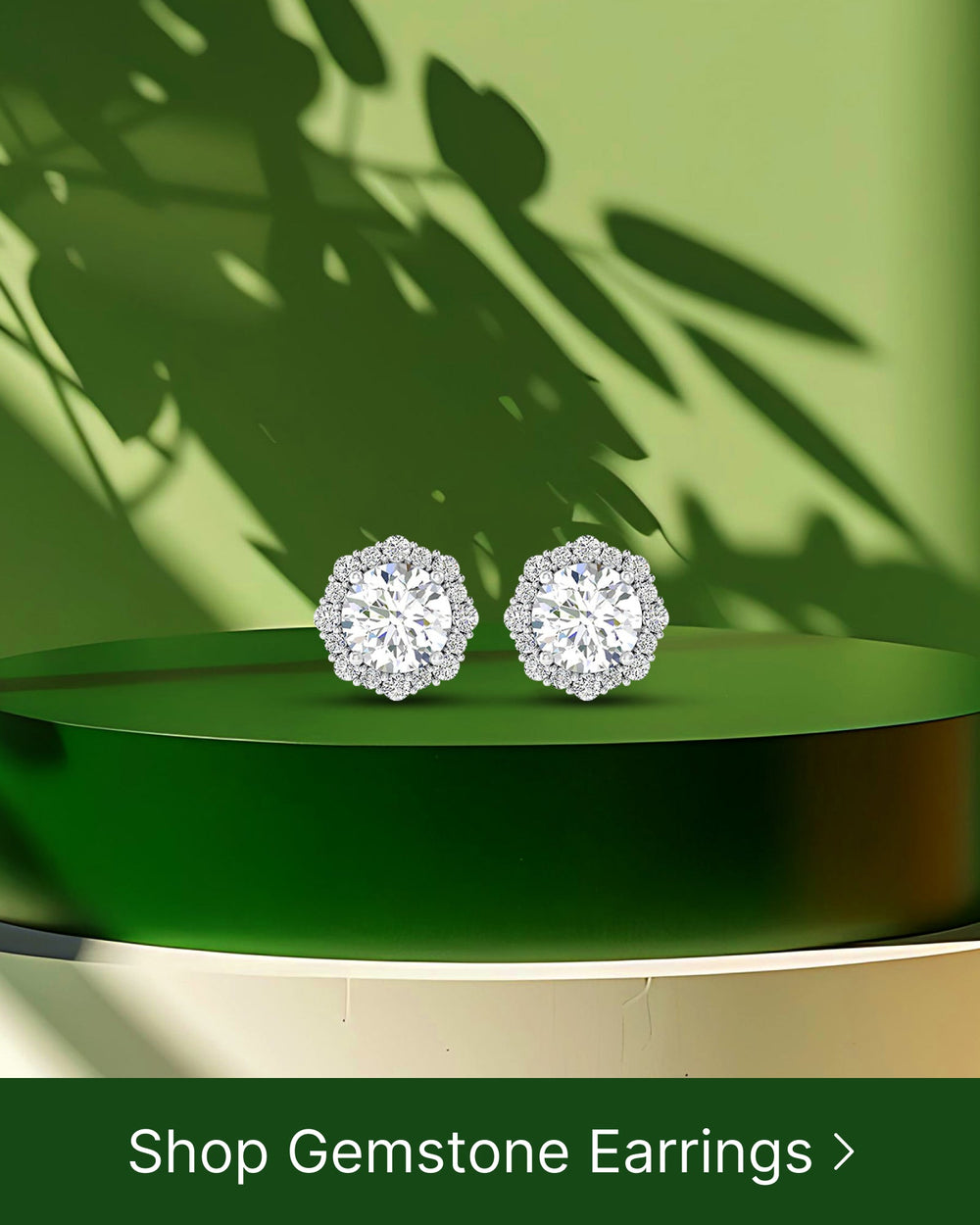Authenticating Moonstones: Tips to Identify Genuine Ones
Moonstones are captivating gemstones that have been treasured for centuries. Their ethereal glow and mystical allure make them a favorite among gemstone enthusiasts. However, with the rising demand for moonstones, the market has been flooded with imitations and fake stones that can be hard to distinguish from the real ones. In this article, we will provide you with tips and insights to help you authenticate moonstones and identify genuine ones. So, let's delve into the world of moonstones and uncover their secrets.
Understanding Moonstones
Moonstones, as the name suggests, are gemstones that possess an otherworldly sheen resembling the moon's luminous glow. They fall under the feldspar mineral group and are predominantly composed of orthoclase. The mesmerizing play of light, known as adularescence, is what sets moonstones apart from other gemstones.
When it comes to moonstones, there is so much more to discover. Let's delve deeper into the fascinating world of these enchanting gemstones.
The Origin of Moonstones
Moonstones are found in several locations worldwide, including India, Sri Lanka, Madagascar, and Myanmar. Each origin has its unique characteristics and colors, making moonstones a truly diverse gemstone. For example, Sri Lankan moonstones are prized for their blue hue, reminiscent of the tranquil ocean waters, while Indian moonstones tend to display a mesmerizing peachy glow, evoking a sense of warmth and serenity.
Exploring the origin of a moonstone can give you valuable insights into its authenticity and quality. The geological conditions and mineral composition of each location contribute to the distinct appearance of the moonstones found there. Whether you prefer the ethereal blue of Sri Lankan moonstones or the captivating peachy glow of Indian moonstones, understanding the origin adds another layer of appreciation to these remarkable gemstones.
The Unique Characteristics of Moonstones
Authentic moonstones possess certain characteristic features that set them apart from imitations. Moonstones usually have a milky white or colorless body color, but they may exhibit flashes of blue, peach, or even rainbow hues when viewed from different angles. This phenomenon, known as adularescence, is caused by the intergrowth of two different types of feldspar within the moonstone, creating a captivating optical effect.
When examining a moonstone, it is important to observe the play of light. The adularescent effect should be consistent and visible throughout the stone, enhancing its mystical allure. The interplay between the light and the internal structure of the moonstone creates a dance of colors, captivating the beholder's gaze.
Furthermore, moonstones are known for their unique inclusions, which can add to their individuality. These inclusions, such as tiny mineral deposits or fractures, can create fascinating patterns within the stone, adding depth and character to its overall appearance.
As you immerse yourself in the world of moonstones, you will discover the vast array of possibilities that these gemstones offer. From their diverse origins to their captivating characteristics, moonstones continue to captivate and inspire jewelry enthusiasts around the globe.
The Process of Authenticating Moonstones
Now that we have gained a basic understanding of moonstones, let's explore the steps involved in authenticating these fascinating gemstones.
Moonstones are truly captivating gemstones that have been admired for centuries. Their ethereal beauty and mystical allure make them highly sought after by collectors and jewelry enthusiasts alike. However, due to their popularity, there are also imitations and synthetic versions in the market. To ensure that you are acquiring a genuine moonstone, it is essential to authenticate the gemstone using specific tools and techniques.
Tools Needed for Moonstone Authentication
In order to authenticate moonstones, you will need a few essential tools:
- 10x magnifying loupe: This will help you examine the stone's internal structure and any visible inclusions. Moonstones, like many other gemstones, can have unique patterns and inclusions that are indicative of their authenticity. By using a magnifying loupe, you can closely inspect these characteristics and determine if the stone is genuine.
- UV light source: Moonstones often exhibit a bluish glow under UV light, confirming their authenticity. This phenomenon, known as phosphorescence, is a distinct feature of moonstones. By shining a UV light on the gemstone, you can observe this captivating glow, which is a strong indicator of its genuineness.
- Refractometer: This instrument measures the refractive index, which can help you differentiate between moonstones and other similar gemstones. The refractive index is a measure of how light bends as it passes through a gemstone. Moonstones have a specific range of refractive index, typically between 1.518 and 1.526. By using a refractometer, you can compare the refractive index of the gemstone in question with the known values of moonstones, helping you determine its authenticity.
- Spectroscope: This tool allows you to analyze the light spectrum emitted by the stone, helping you identify any chromatic effects. Moonstones have a unique composition that gives rise to a distinct spectrum of colors when light passes through them. By using a spectroscope, you can observe these characteristic bands and confirm that the gemstone is indeed a moonstone.
Step-by-step Guide to Moonstone Authentication
Follow these steps to authenticate moonstones:
- Examine the stone's appearance under natural light. Authentic moonstones have a unique play of light that sets them apart. Look for the captivating adularescence, with the light shimmering across the stone's surface. This phenomenon, caused by the scattering of light due to the gemstone's internal structure, is a key characteristic of moonstones.
- Inspect the stone for any visible inclusions or fractures. Genuine moonstones may have natural inclusions, but excessive fractures or flaws could indicate an imitation. Carefully examine the gemstone using a 10x magnifying loupe to identify any distinguishing features that are typical of moonstones.
- Test the stone's response to UV light. Authentic moonstones exhibit a bluish glow known as phosphorescence, which fades after the UV light source is removed. By exposing the gemstone to a UV light source and observing its reaction, you can confirm whether it displays this unique characteristic.
- Measure the stone's refractive index using a refractometer. Moonstones typically have a range of 1.518-1.526, which can help differentiate them from other gemstones with similar appearances. By comparing the refractive index of the gemstone in question with the known values of moonstones, you can ascertain its authenticity.
- Analyze the stone's spectrum using a spectroscope. Authentic moonstones display a broad spectrum with visible bands, indicating their unique composition. By observing the spectrum of colors produced when light passes through the gemstone, you can verify that it exhibits the characteristic spectrum of a genuine moonstone.
Authenticating moonstones requires a keen eye, knowledge of their distinctive features, and the use of specialized tools. By following these steps and utilizing the necessary equipment, you can confidently determine the authenticity of moonstones and ensure that you are acquiring a genuine and valuable gemstone.
Common Moonstone Imitations
Unfortunately, just as with any popular gemstone, moonstones have their fair share of imitations and faux versions. Let's explore some of the common moonstone imitations and ways to spot them.
Identifying Fake Moonstones
One of the most common imitations of moonstones is labradorite. While labradorite does possess a similar play of light, it lacks the distinct adularescence found in authentic moonstones. Labradorite typically displays more vibrant colors, such as greens and blues. Additionally, some synthetic materials and glass can imitate the appearance of moonstones, but they lack the inherent beauty and optical properties of the genuine ones.
Differences Between Real and Fake Moonstones
Here are some key differences to look out for when identifying real moonstones:
- Adularescence: Authentic moonstones exhibit a unique, captivating play of light, whereas imitations may lack this characteristic glow.
- Optical Effects: Genuine moonstones display a soft, billowy effect known as the Schiller effect, caused by the intergrowth of feldspar. Imitations will not possess this distinct optical effect.
- Color: While moonstones can have flashes of different hues, imitations will often display more vibrant and intense colors that are not typical of authentic moonstones.
- Consistency: Genuine moonstones will maintain their play of light and colors from various angles, while imitations may have inconsistencies or limited visibility.
Purchasing Authentic Moonstones
When it comes to purchasing moonstones, it is crucial to buy from trusted sources to ensure authenticity. Here are some tips to guide you:
Trusted Sources for Buying Moonstones
Reputable jewelry stores, gemstone dealers, and certified gemologists are excellent sources for purchasing authentic moonstones. These professionals have the expertise to identify and authenticate gemstones, providing you with peace of mind.
Tips for Buying Authentic Moonstones Online
If you prefer buying moonstones online, consider these tips:
- Research the seller: Look for reviews and ratings from previous customers to ensure the seller's credibility.
- Ask for certifications: Reputable online sellers often provide gemological certificates, indicating the stone's authenticity and quality.
- Inspect the product images: Look for clear images that showcase the stone's appearance, including its play of light and any unique features.
- Read the descriptions carefully: Look for specific details about the stone's origin, treatment, and any certifications mentioned.
Caring for Your Moonstones
Once you have acquired your authentic moonstones, proper care and maintenance are essential to ensure their longevity and beauty.
Cleaning and Maintenance Tips for Moonstones
Follow these tips to keep your moonstones in pristine condition:
- Use mild soapy water and a soft brush to clean your moonstones gently.
- Avoid exposing your moonstones to harsh chemicals or cleaning agents as they may damage the stone.
- Store your moonstones separately from other gemstones to prevent scratches.
Proper Storage for Moonstones
When it comes to storing your moonstones:
- Wrap them in soft cloth or place them in a fabric-lined jewelry box to protect them from scratches.
- Avoid exposing your moonstones to direct sunlight for prolonged periods, as this can cause fading.
- Keep them away from extreme temperatures, as rapid temperature changes can damage the stone.
By following these care and maintenance practices, you can ensure that your moonstones continue to enchant you for years to come.
Conclusion
Authenticating moonstones requires a keen eye and some essential tools, but the process is worth it to guarantee that you are acquiring genuine gemstones. Understanding the unique characteristics of moonstones, identifying imitations, and purchasing from trusted sources are key steps in ensuring that you acquire authentic moonstones. Remember to care for your moonstones diligently to preserve their beauty and enchanting qualities. Now armed with these tips and insights, you can confidently embark on your journey to authenticate and appreciate the allure of moonstones.







